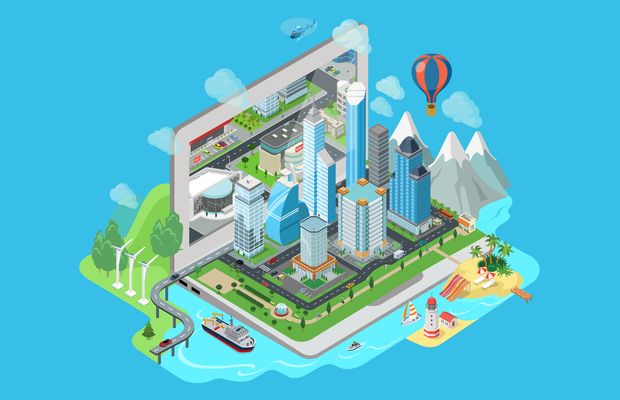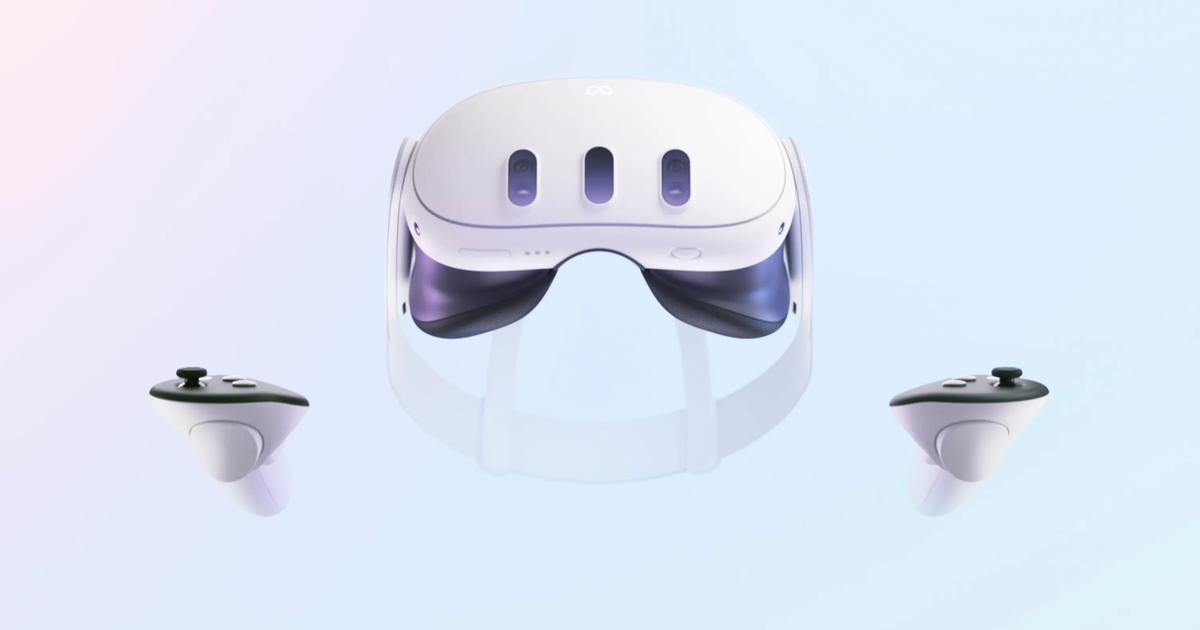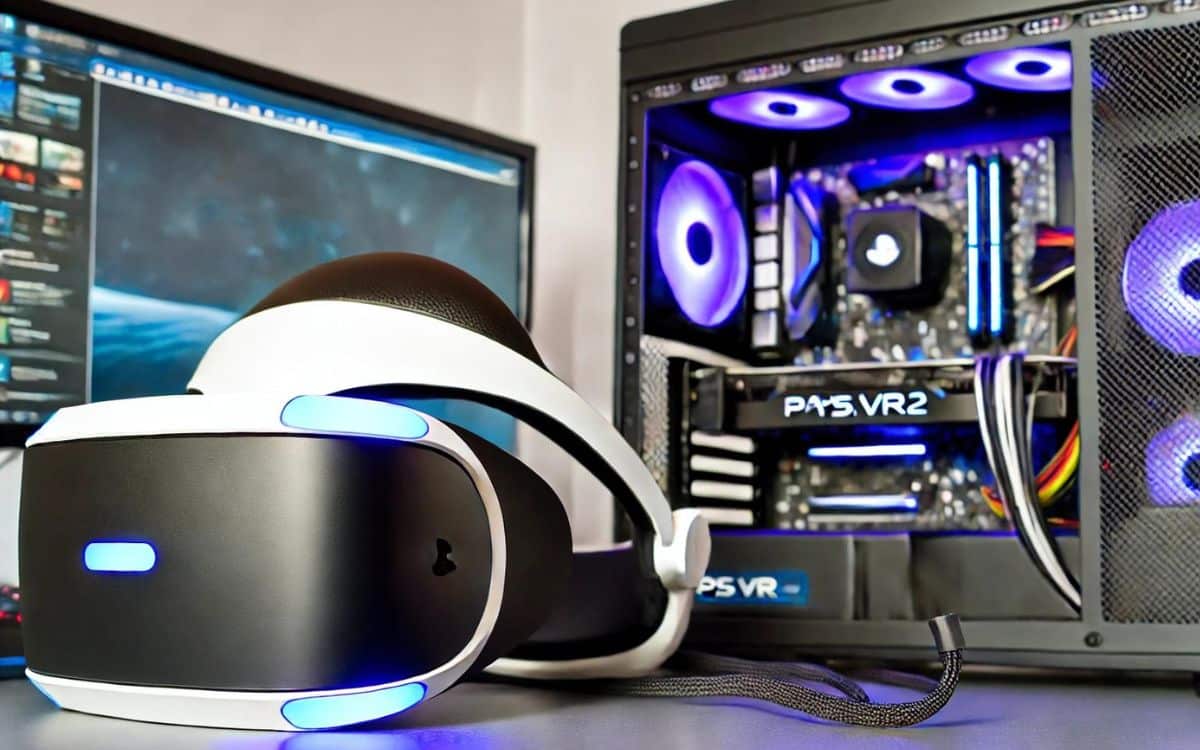Developers, local authorities and architects now have very powerful digital tools to better imagine and represent the area. But, paradoxically, the use of high-tech solutions such as 3D, holograms or virtual reality is also an opportunity to return to a very physical perception of space.…
For a long time, virtual universes were, at best, faint versions of the real world. Simplified versions or faded realities of reality, these universes lack both intensity and complexity. Under the pressure of needs in particular for video games that required the integration of players into more and more complex and realistic worlds, made possible by the great advances in computing capabilities of computers, this report gradually became balanced, even inverted. What if today’s virtual universes became the best way to understand, model, and even transform reality?
Far from detaching us from the physical world by locking us in a virtual bubble, immersive technologies are tremendous tools to better represent and imagine the physical spaces of tomorrow. Architects and city planners have already used digital models for a long time to design their projects. Tomorrow, to ensure that it is better designed and maintained, it will also rely on digital twins of buildings and infrastructures. Thanks to these technologies, the boundaries between the physical world and the virtual world are called to become more and more porous and volatile.
Go beyond the digital paradigm with holograms and virtual reality
The perception of an object depends on the nature of the view we place on it. With the multiplicity of parameters that allow them to be taken into account today, these tools make it possible to take a renewed and “improved” view of what a building is. One of the advantages of these different techniques is to allow the transmission of the gaze, in order to consider the building as a whole of its environment, on the scale of a region or city, and is no longer an isolated object. It also facilitates collaboration between different stakeholders in urban projects, through a unified platform in which everyone can work in parallel. Thus, most design problems, which in the past could only be identified on the site, can now be expected from the prototype stage: a gain, in terms of time and money.
To go beyond the stage of the digital model, which eventually remains somewhat static and not very interactive, new solutions are now available to players in the region: holograms, virtual reality (or VR), augmented reality (or AR) … many tools that It allows you to better immerse yourself and highlight yourself in real estate and urban projects.

Sure, virtual reality has always been – and some still have – the image of a “tool”. However, perceptions are rapidly changing as technology advances, improves and becomes more democratic, particularly on the often critical cost aspect. Another adoption accelerator, helmets are becoming less bulky and closer to simple goggles. So it is easier to wear.
A new relationship with space
Professionally, we note a recent interest by various city actors in these tools that make it possible to evolve in existing buildings or in design, without having to move from home or leave his office. In addition, compared to 3D models, virtual reality brings a new dimension: volume and the ability to visualize space and volumes very concretely while navigating in a 3D environment.
Whether in the design, consultancy or operational phase, these tools will play an essential role in building the land of tomorrow. In particular, virtual reality and holograms have closely related uses in the presentation stage of projects. They allow decision makers and users to present themselves more easily, by “participating” in the project, as soon as possible. Paradoxically, thanks to virtualization, projects become more real, more “physical”.
Tools in the counseling service
However, it would be a shame to limit these technologies to their sole function of representing space. Indulging can also be a great way to take action. In fact, these comprehensive solutions will gradually become tools in the service of consultancy, by allowing the different audiences involved to contribute, comment or comment on the different options being considered for the project. These are great ways to start a discussion.
Very soon, in a context where the consultation phase becomes more and more important and often proves necessary to generate support, the immersion will make it possible to rethink decision-making, by involving more territory users and various stakeholders.
Here’s a lesson for Google to keep in mind: Due to the lack of public consultation and the support of local authorities, its project, called Sidewalk and a high-tech “smart city” on the shores of Lake Ontario, in Toronto is finally buried. Innovation always pushes the boundaries between the possible and the impossible, giving it an even more powerful ability to redesign the world. However, let’s not forget that technology should be at the service of the region and its users, and not the other way around.
Author: Matthew Beatt, smart territory leader chez Broadware
(c) iii. deposit


“Certified gamer. Problem solver. Internet enthusiast. Twitter scholar. Infuriatingly humble alcohol geek. Tv guru.”





